Substantially reducing energy costs is not uncommon for NSSE – one recent project saw their clients’ typical quarterly bill almost halved from £15,700 to £8,600.
NSSE were able to achieve this by replacing an existing Uninterruptible Power Supply with an energy efficient solution which will pay for itself inside of 2 years through energy costs savings.
As an independent provider operating solely in the power protection industry, NSSE are well placed to provide impartial professional advice and technically advanced solutions based upon many years of experience and working alongside some of today’s biggest names in UPS manufacture.
“A question we are commonly asked, is how we are able to reduce our client’s energy costs on the scale of which we do” commented Jason Smith, Managing Director of NSSE Ltd.
“We analyse our client’s current energy expenditure resulting from their existing set-up and through a number of processes including close scrutiny of current loading arrangements, existing UPS efficiency and heat output and cooling, we are able to identify where and how savings can be made. Through careful design and selection we propose the best energy efficient solution suited to their requirements.
For larger server rooms and data centres we also look at airflow management (hot or cold-aisle containment) and target replacement of the most inefficient systems. Mindful of client’s growth plans, we always ensure that future proofing plays its part in this proposal.
Poor loading arrangements mean poor efficiencies and will reduce the effectiveness of the UPS operation. Today’s UPS is designed for optimum loading and to truly get the best from your set-up you should look to utilise the UPS to its full potential.
Another bonus of some of today’s UPS systems mean that you can ‘pay as you grow’ with scalable, modular systems providing lower total cost of ownership and lowering CapEx. Technology has achieved major advancements in the UPS arena in recent years and having the right system in place can mean savings of thousands of pounds to an organisations energy bills each year as the above example illustrates.
The modern Datacentre Managers and IT professionals realise all too well the importance of not only ticking the ‘green box’ to satisfy their organisations CSR policies but also how pivotal a role their emergency power strategy plays on a commercial level.
The financial savings made through modern energy efficient solutions come not only through improved output (direct energy costs) but also from other variables such as reduced pressure on cooling – lower heat output from the UPS means that less work is required from air conditioning
(indirect energy costs).”
NSSE can also assist in providing further commercial benefit by proposing energy efficient solutions eligible for the Governments ECA (Enhanced Capital Allowance) scheme managed by the Carbon Trust on behalf of the Department of Energy & Climate Change.
The ETL (Energy Technology List) comprises a number of energy saving applications and products and offers tax relief for investments in equipment that meets published energy-saving criteria.
An ECA is claimed through a business’s income or corporation tax return in the same way as any other capital allowance. Companies can claim up to 100% against the cost of investment in the first year for equipment that is listed on the ETL.
Not only can energy efficient solutions from NSSE pay for themselves in a relatively short period of time and go on to make considerable savings indefinitely through reduced energy bills, a substantial amount of this CapEx can be recovered through this scheme.

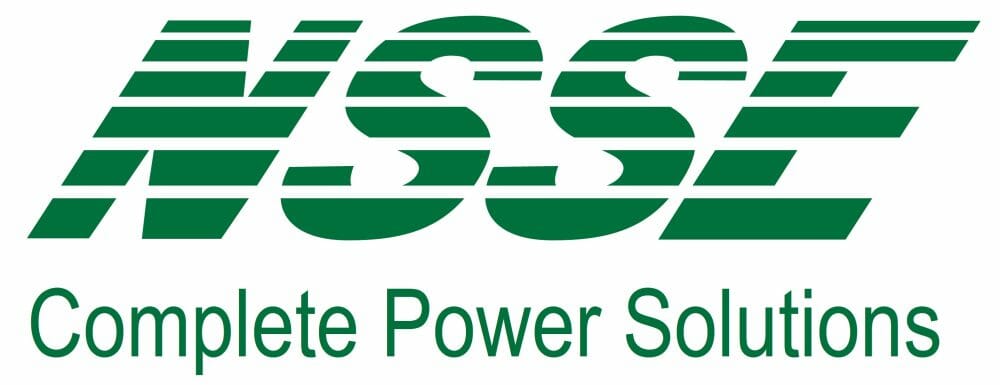
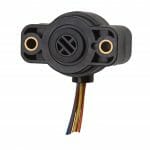
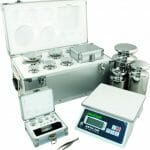

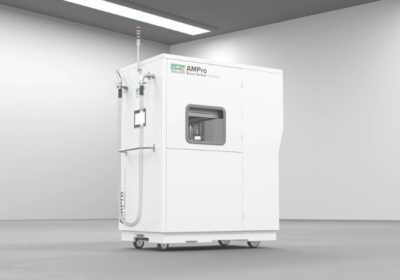
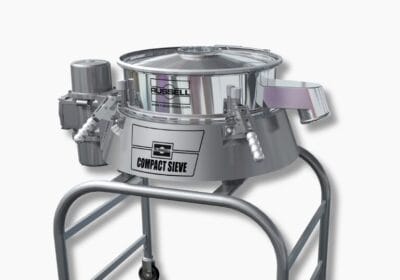
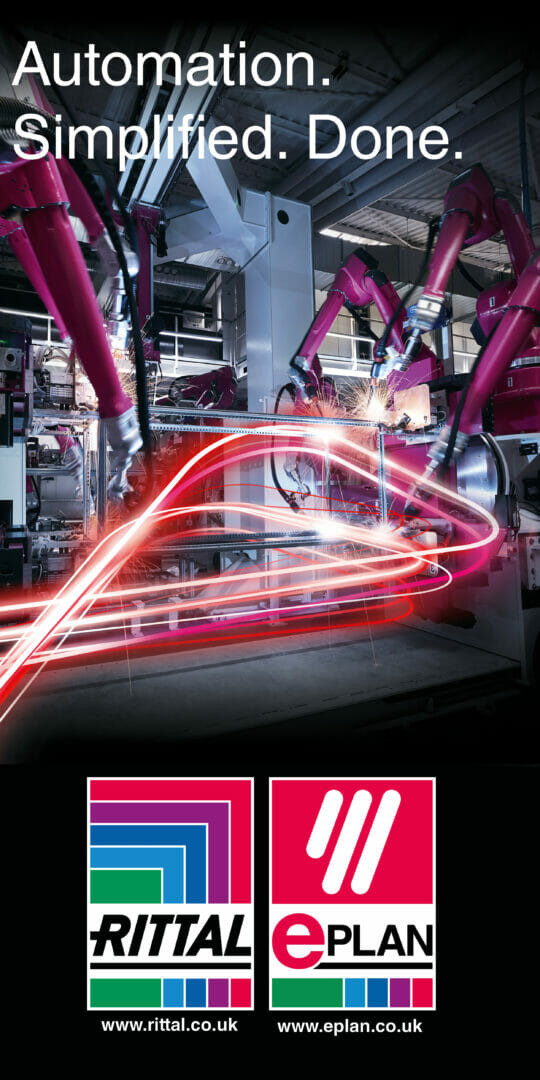

Leave a Reply